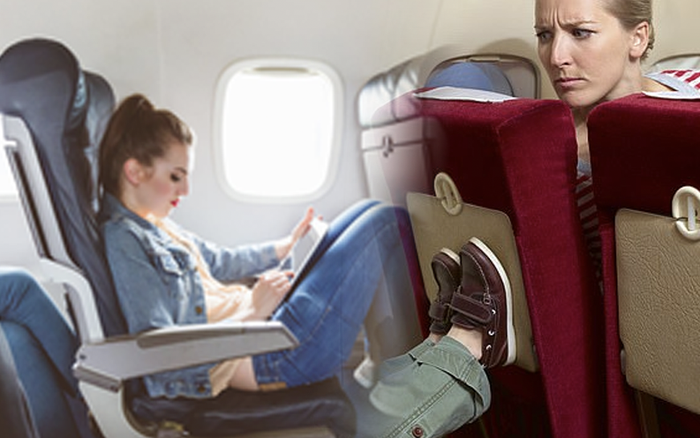
In today’s modern world, air travel has become more accessible and common than ever before. However, along with convenience comes responsibility. Some actions that may seem harmless at first can actually lead to serious complications. One such action is switching seats on a plane without permission. Today, I would like to share with you the reasons why passengers should not change their seats on an aircraft, even with good intentions or in pursuit of personal comfort.

1. Assigned seats are not random – they are part of a strict safety and service system
When you book a flight, your seat is assigned as part of a carefully managed system that ensures safety, balance, and efficient service onboard. Switching seats disrupts this system in several ways:

2. It creates unnecessary discomfort and tension
Switching seats can lead to awkward, even unpleasant social interactions:

3. It complicates the work of flight attendants and the cabin crew
Flight attendants are trained to manage passengers according to a pre-determined seating chart. When people move around:

4. In emergencies, where you sit could be a matter of life or death
Certain seats — such as those near emergency exits — are strictly reserved for passengers who meet specific physical, linguistic, or age requirements. If an unqualified person sits there, it could delay evacuation and endanger lives in the event of an emergency.
5. The solution: respect the rules and seek assistance properly
If you genuinely need to change your seat — whether to sit with family or due to discomfort — the best course of action is to speak to a flight attendant. They can:

Not switching seats on a plane is more than just following the rules — it’s about respecting others, supporting the crew, and protecting the safety and comfort of everyone on board.
Let us all be responsible travelers — fly safely, fly considerately, and fly with understanding.